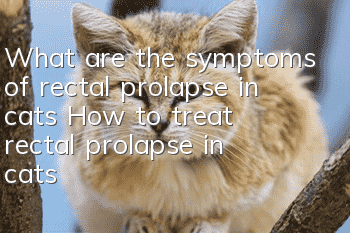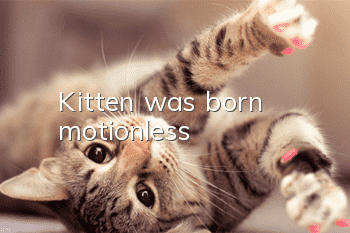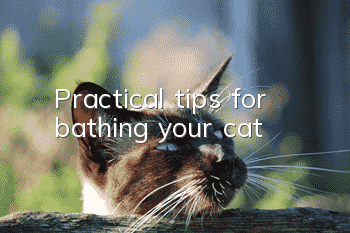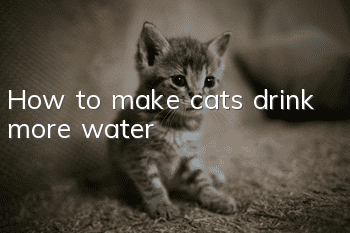What are the symptoms of rectal prolapse in cats? How to treat rectal prolapse in cats

Clinical symptoms of rectal prolapse in cats
There are many causes of rectal prolapse in cats, especially cats with diarrhea that are prone to rectal prolapse. Most cats with rectal prolapse are secondary to other diseases. Therefore, in daily life, if you want to prevent cats from rectal prolapse, you need to pay attention to your cat’s health problems.
Rectal prolapse in cats is a disease that occurs in most cats that are prone to diarrhea or have long-term diarrhea. At first, careful owners will find that after the cat squats in the toilet, the anal area will be red and swollen, and the cat himself may still Most people who think they have stomach pain are completely unaware of the state of their butt. As time and the frequency of diarrhea increase, slow or vigorous efforts will cause the rectal cuff to come out and then prolapse. If it does not come out for a long time, After being cleaned and then returned to the body, the cat's rectum is prone to edema, necrosis and even bleeding.
Treatment of rectal prolapse in cats
For cats with rectal prolapse, doctors generally recommend conservative treatment. If the cat has prolapse for a long time and the cat has repeated prolapse, the doctor will recommend surgery as soon as possible. So what is the surgery for cat rectal prolapse?
First, lift the hind limbs of the sick cat, and conduct pudendal nerve conduction anesthesia at Houhai point with 1% procaine. Then wash the prolapsed intestine with 40℃ warm physiological saline, then wash and disinfect it with 1% chlormethionine solution, and use warm gauze to apply hot compress to reduce edema and facilitate recovery. Then use long forceps wrapped with warm saline gauze to carefully insert the prolapsed intestine into the anus starting from the mouth of the intestinal cavity to completely reset the rectum. After repositioning, insert your fingers deep into the intestinal cavity to straighten the folds in the deep rectum and explore the intestinal reset to prevent incomplete reset and intussusception. During this process, you can apply an appropriate amount of lubricating oil to prevent scratches on the intestinal wall. After plastic surgery, thin sutures are used to perform purse-string sutures around the anus to narrow the anal hole and prevent recurrence of prolapse. Be careful not to sew the anal hole shut. You should put a tube in the anal hole, tighten the sutures, tie them into a slip knot, and then pull out the tube to keep the anal opening tight to prevent it from affecting defecation. After suturing is completed, apply preheated erythromycin ointment to the anus to prevent inflammation.
After surgery, you should pay attention to diet and feed a small amount of easily digestible food. Intravenous injection of 5% glucose and sodium chloride injection, plus gentamicin, atropine or 654-2, to regulate intestinal bacteria, prevent secondary infection and relieve intestinal smooth muscle spasm; intravenous injection of 5% glucose and sodium chloride injection, Vitamin C, inosine, adenosine triphosphate, and coenzyme A replenish energy; intravenous injection of condensed glucose sodium chloride injection and sodium bicarbonate are added to adjust body fluid balance and relieve acidosis.
- Which ointment is better for treating ringworm in cats?
- How to make a cat more obedient? Let it remember its name!
- What are the benefits of cats basking in the sun? Things to note when cats are basking in the sun
- Is it true that a cat can be trapped by drawing a circle on the ground?
- Pet owners should remember the symptoms and treatment of postpartum calcium deficiency in cats!
- Do you know the symptoms of cat rabies? How to treat cat rabies!
- How to keep a cat from destroying everything in the house and tame a well-disciplined cat?
- Why is the cat coughing and retching?
- How to rub a cat's belly to help defecate?
- What's going on with the rotten hole in the cat's belly?



